Information: This article was published in International Journal of Information Security and Cybercrime, Vol. 11, Issue 2, 2022.
Link:
Download:
The future began 75 years ago with the invention of a small device – the transistor, which is considered the most created thing in human history. Its invention launched modern electronics as it moved from the building block of ICs, then microprocessors, and beyond.
The transistor has been called one of the most important inventions because transistor electronics, especially the billions of transistors on leading edge silicon chips, transformed life in the 20th century and will have even more impact in the 21st century [4].
I and the colleagues from my generation who graduated from the Faculty of Electronics and Telecommunications of the Polytechnic Institute/University of Bucharest in 1971 were practically contemporaries of this great invention, which changed the face of the world: we were born shortly after the discovery of the transistor and we were contemporaries with the entire development of electronics that it produced.
We followed all these extraordinary developments, and some of us – those who worked in the Romanian industry, research and higher education in the field of electronics and telecommunications – even made a modest contribution to the progress made.
75 years of spectacular developments
75 years ago – on December 16, 1947 – Walter Brattain and John Bardeen managed to build and test the first working transistor. The point-contact transistor was made of two gold foil contacts sitting on a germanium crystal.
As a “magnificent Christmas present” William Shockley, John Bardeen, and Walter Brattain later demonstrated the point-contact transistor on December 23, 1947, to executives at Bell Laboratories.
It is interesting to mention that the journal The New York Herald Tribune predicted – at that time – that this invention would be a revolution in the electronics industry. Little did they know just how big of a technology revolution this invention would end up being. But we can say today, without fear of being wrong, that the invention of the transistor could be considered among the greatest technology developments of the 20th century [1] [2].
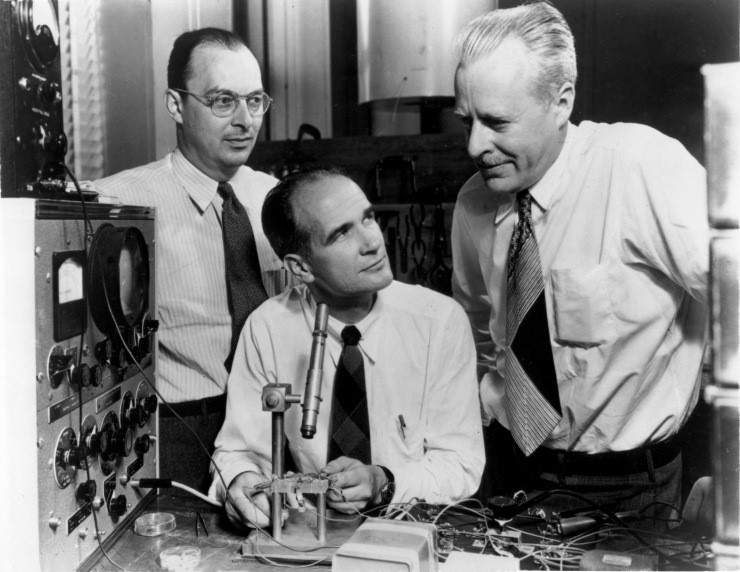
Fig. 1. The famous photo of the inventors of the transistor: Standing, left to right, are Bell Labs physicists John Bardeen and Walter Brattain in 1948. Their manager, William Shockley, is sitting between them. The three won the Nobel Prize in 1956 for their work on the transistor. (Source: AT&T Archives)
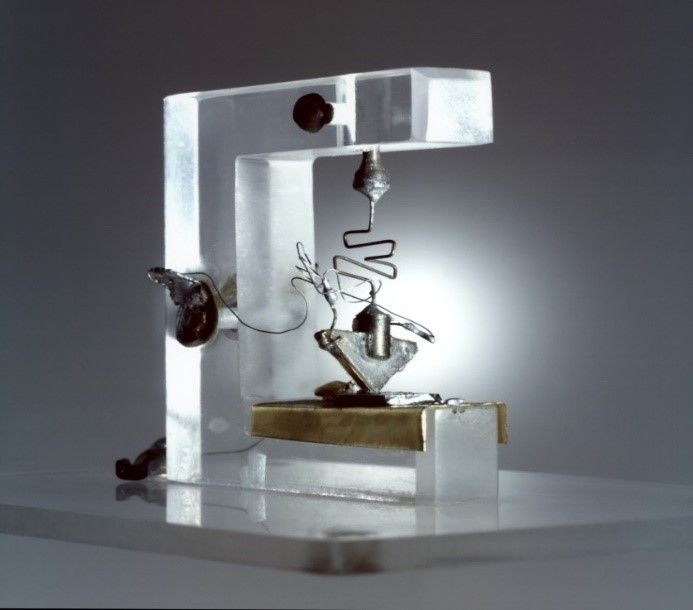
Fig. 2. The first transistor, developed by Walter Brattain and John Bardeen called “point contact transistor” (Source: Nokia USA Inc. and AT&T Archives)
The transistor is one of those unique entities in engineering whereby it’s still packaged today as a single device, while at the same time existing in the millions on an integrated circuit (IC). The ability to etch transistors onto a single surface led to the mass production of the integrated circuits.
Already in the mid-1950s, specialists’ predictions were announcing a bright future for the transistor: “The LITTLE GIANT with A Big Future” mentioned an advertisement that appeared at that time in a technical magazine (fig. 3).
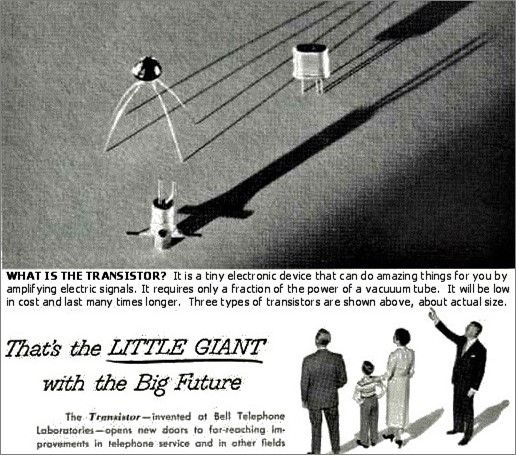
Fig. 3. Advertisement for transistors in a technical magazine in the mid-1950s (Source: AT&T Archives)
Texas Instruments is credited with co-discovering the integrated circuits, but the planar process that unlocked mass production happened at Fairchild Semiconductor – a company that made numerous significant contributions to the semiconductor industry (fig. 4).
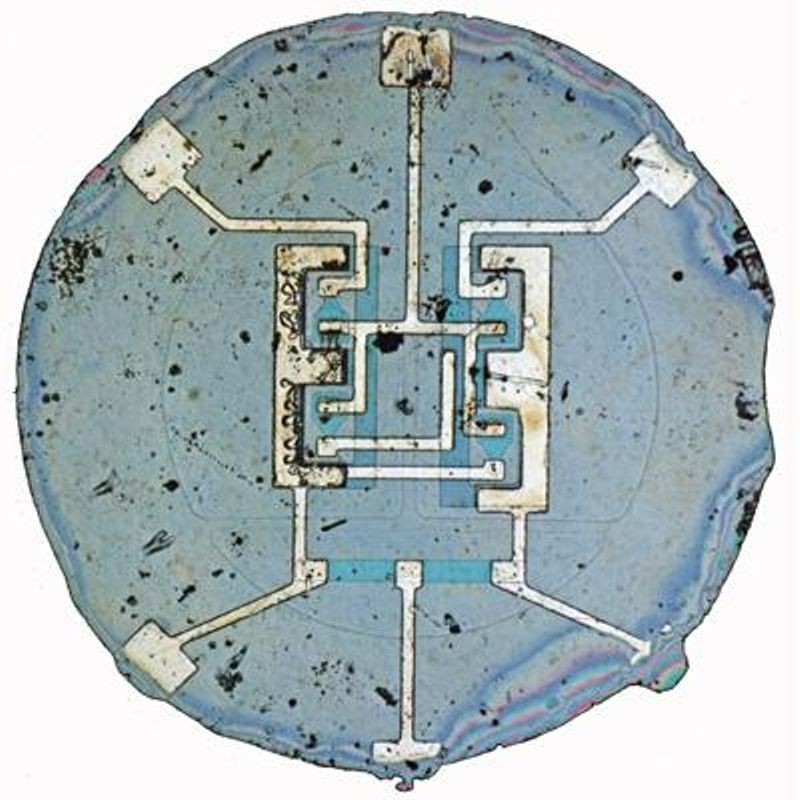
Fig. 4. In 1960, Fairchild’s first IC included four transistors (Source: Computer History)
In 1969, a team up between Intel and Nippon Calculating Machine Corp. resulted in a set of core computing chips. The premiere device in that set was the Intel 4004 central processing unit (CPU). Comprising around 2,300 transistors, it is said to be the first commercially produced microprocessor (fig. 5).
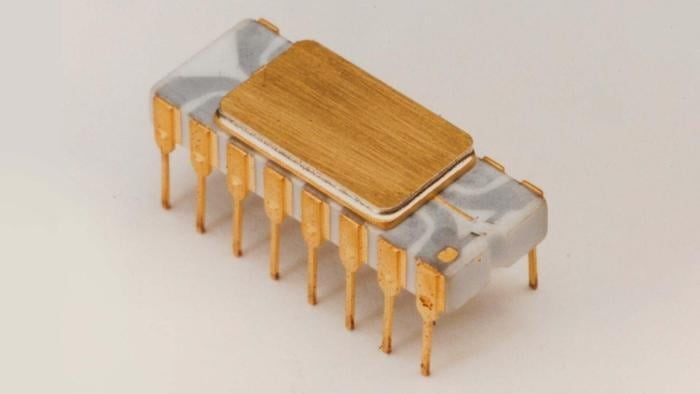
Fig. 5. Intel 4004 CPU chip in its first version (Source: Intel)
In 1947, there was only one transistor. According to TechInsight forecasts, the semiconductor industry is on track to produce nearly 2 billion trillion (10²¹) devices this year*. This is more transistors than were cumulatively manufactured in all years prior to 2017. Behind this barely conceivable figure is the continuing decline in the price of a transistor, as engineers have learned to fit more and more of them onto the same area of silicon.
The density of transistors in logic circuits has multiplied by more than 600,000 since 1971. To reduce the size of transistors, it is necessary to use shorter wavelengths, such as extreme ultraviolet, and other lithography techniques to reduce the space between transistor gates and between metal interconnects [5] [6].
A synthetic picture of the evolution of the transistor – and of semiconductor devices, in general – in these 75 years is presented in fig. 6.
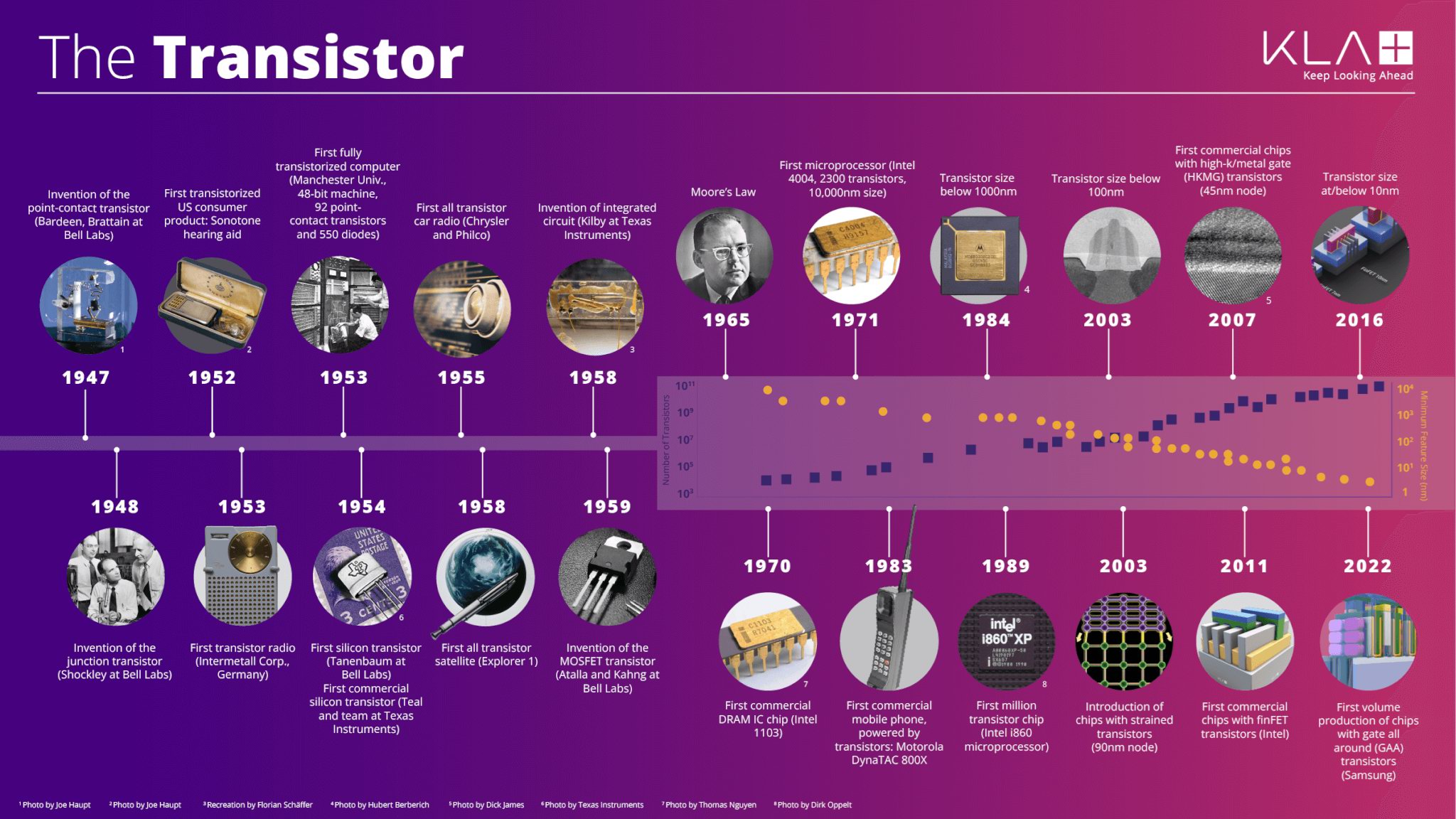
Fig. 6. Spectacular developments in the field of semiconductor devices in the 75 years since the discovery of the transistor [5]
The role of micro-miniaturization in the evolution of computers
No doubt that the transistor was an influential invention that changed the course of history for computers. The first generation of computers used vacuum tubes; the second generation of computers used transistors; the third generation of computers used integrated circuits; and the fourth generation of computers used microprocessors.
The discovery of the transistor and all the subsequent technological developments in the field of micro/nano-electronics allowed all the extraordinary advances in the computer industry.
It is enough to mention here that one of the first pre-transistor computers, the famous ENIAC (Electronic Numerical Integrator and Computer) weighed 30 tons, thanks in part to its more than 17,000 vacuum tubes.
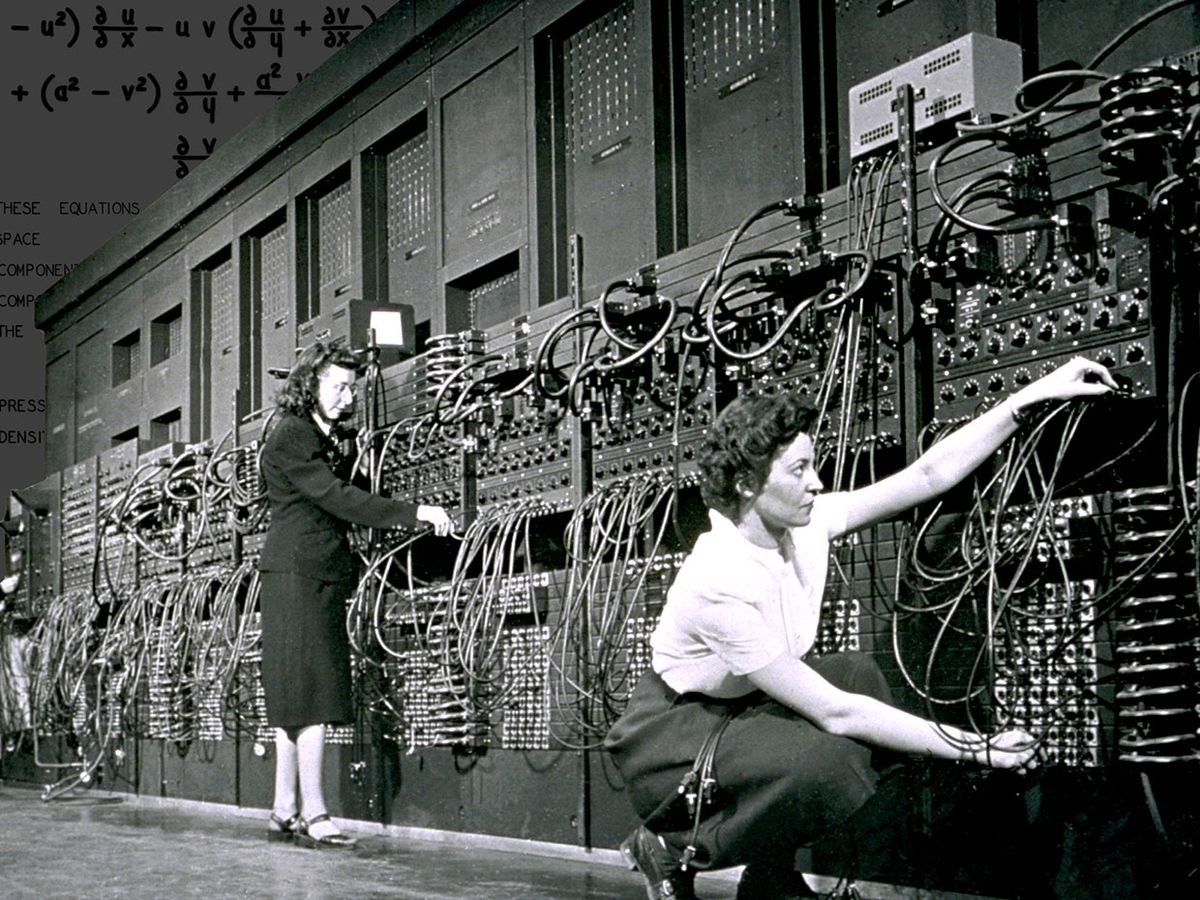
Fig. 7. Computer operators program the ENIAC, the first automatic, general-purpose, electronic, decimal, digital computer, by plugging and unplugging cables and adjusting switches (Source: History of computers)
In the decades that followed, advances in the field of micro-miniaturization of electronic components also made possible advances in the field of electronic computers.
We did not intend to present them in this short article; we will only mention an important landmark in this evolution, the date of April 1, 1976, when Steve Jobs and Steve Wozniak, the co-founders of Apple Computer, unveil Apple I, the first computer with a single-circuit board and a Read Only Memory – ROM (fig. 8).
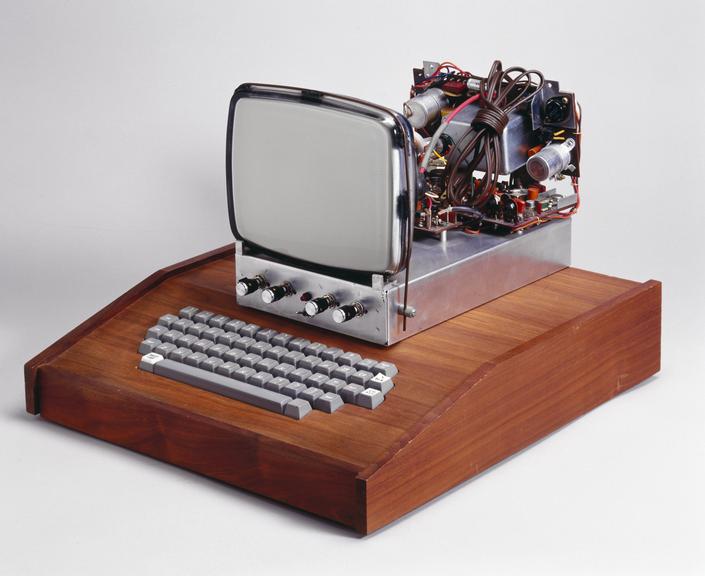
Fig. 8. The Apple I computer, devised by Steve Wozniak, Steven Jobs and Ron Wayne, was a basic circuit board to which enthusiasts would add display units and keyboards (Source: History of computers)
Of course, there is much to be said about the spectacular developments in the field of computing systems, which were possible due to the extraordinary developments in the field of semiconductor device technology: the appearance of personal computers in 1983 is a milestone in this direction.
The development, in the last decades, of more and more complex computing systems, with more and more important functions, their connection in networks and the growth of smart devices made the issue of cyber-security (the subject of the IJISC journal) appear as necessary and increasingly important.
Final remarks
The latest breakthrough in technological research is that of nano/pico – electronics will touch all the aspects of our life and economy.
The intensive effort done by professionals in the electronics field to increase the reliability and performance of products while reducing their size and cost has led to the results that hardly anyone would have predicted but which we have all come to expect.
The electronics made a revolution in human history and shaped our future in a way it would never have been possible. Through the years we saw the evolution of electronic components which decreased in size while performing increasingly complex electronic functions at ever higher speeds. And all began with the development of the transistor, 75 years ago [1]…
Current technological developments are extraordinary / impressive. This article did not intend to present them in detail.
But in conclusion, we can say that the future in this field sounds good and that we can expect high-impact technological developments. I mention in this sense that at the recent IEEE International Electron Devices Meeting, symbolically dedicated to the 75th anniversary of the transistor, the well-known Intel corporation tipped its ambitions to build a processor comprising one trillion transistors by 2030 [6].
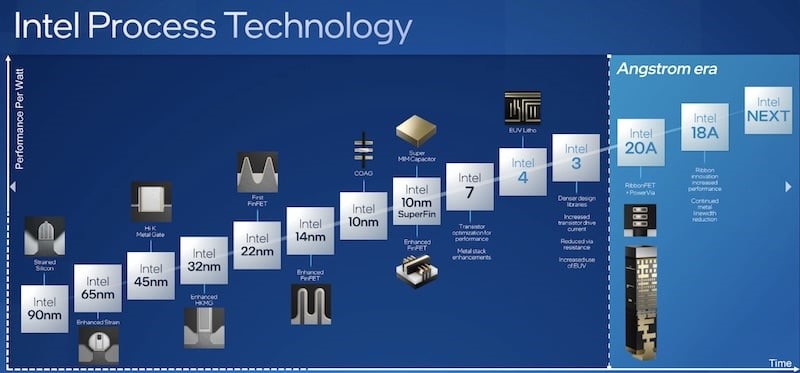
Fig. 9. Intel’s process technology roadmap (Source: Intel)
Perspectives: The transistor of the year 2047
We will end this brief foray into the history of the transistor, trying to answer a natural question: what the transistor will look like in the year 2047, on its hundredth anniversary. The IEEE Spectrum magazine questioned – in its December 2022 issue – 7 renowned international experts [3]. In the following we have summarized the main answers provided by them:
- Despite the variety, the fundamental operating principle – the field effect that switches transistors on and off – will likely remain the same.
- The transistor will likely have minimum critical dimensions of 1 nanometer or less, enabling device densities of 10 trillion per square centimeter.
- Experts seem to agree that the transistor of 2047 will need new materials and probably a stacked or 3D architecture, expanding on the planned complementary field-effect transistor (CFET, or 3D-stacked CMOS).
- Transistors will still be very important computing elements for most of the general-purpose computer applications. Currently, even with an ideal quantum computer, the potential areas of application seem to be rather limited compared to classical computers.
- In 2047 many chips may use semiconductors that are considered exotic today. These could include oxide semiconductors like indium gallium zinc oxide; 2D semiconductors, such as the metal dichalcogenide tungsten disulfide; and one-dimensional semiconductors, such as carbon nanotubes.
- Which semiconductor material is at the heart of the device may not even be the central issue in 2047. The choice of channel material will essentially be dictated by which material is the most compatible with many other materials that form other parts of the device.
- To conclude, transistors of the year 2047 will be “everywhere that needs computation, command and control, communications, data collection, storage and analysis, intelligence, sensing and actuation, interaction with humans, or an entrance portal to the virtual and mixed reality world”.
References
1. *** Special Report: The Transistor at 75. The past, present, and future of the modern world’s most important invention, IEEE Spectrum, December 2022.
2. Goldstein, Harry, The Device That Changed Everything, IEEE Spectrum, December 2022.
3. *** The Transistor of 2047: Expert Predictions, IEEE Spectrum, December 2022.
4. https://www.ukessays.com/essays/information-technology/the-evolution-of-microelectronics-information-technology-essay.php (accessed December 10, 2022).
5. https://engineering.purdue.edu/Engr/AboutUs/News/Events/75th-anniversary-of-the-invention-of-the-transistor-a-celebration-of-purdues-role (accessed December 10, 2022).
6. https://www.allaboutcircuits.com/news/intel-reveals-plans-for-a-trillion-transistor-processor-by-2030/ (accessed December 15, 2022).
Footnotes
*The top transistor count as of December 15th, 2022, is 5.3 trillion MOSFETs inside Micron’s 2 TB V-NAND flash memory chip.
